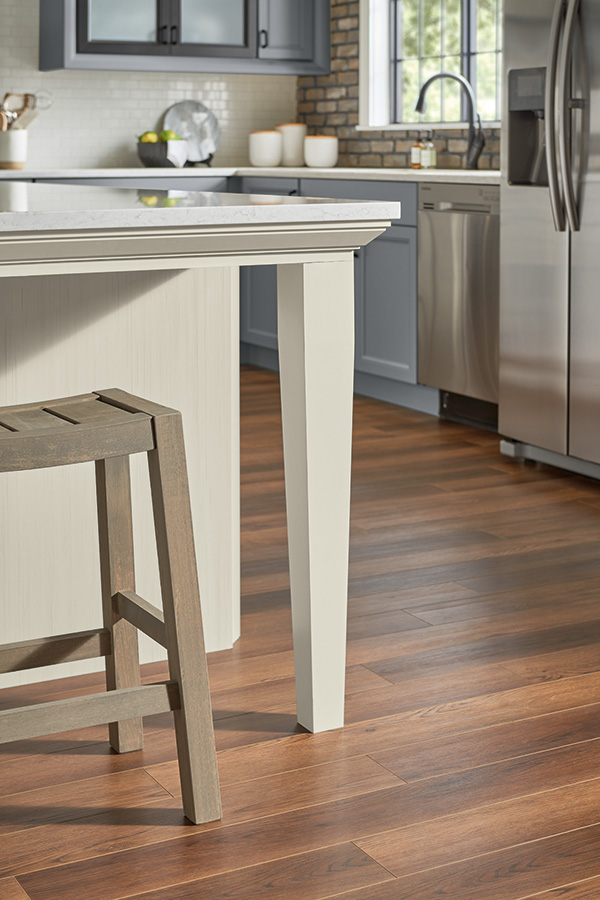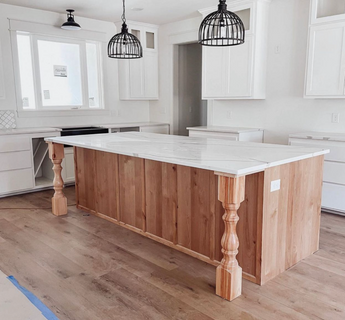An Overview to Selecting the Ideal Kitchen Area Island for Your Home
Understanding your kitchen's spatial characteristics is the initial step, making certain that the island fits seamlessly without interrupting the circulation. The option of surfaces and materials additionally plays a crucial role in harmonizing the island with your kitchen area's general style.
Evaluating Your Area
Before choosing a kitchen area island, it is important to extensively assess your area to guarantee the addition will certainly be both useful and cosmetically pleasing. Begin by gauging the readily available location, consisting of the size, length, and elevation of the cooking area. Exact measurements are critical to avoid purchasing an island that overwhelms the area or one that is overmuch little.
Consider the existing layout and just how the island will certainly integrate with the current traffic circulation. A well-placed island must not impede or block pathways access to important appliances, such as the oven, sink, and refrigerator. Leave ample clearance area-- generally around 36 to 48 inches on all sides-- to enable comfy motion and workspace effectiveness.
Following, review the natural light and sightlines within your cooking area. An island that blocks a window or interferes with visual communication can make the space feel confined and dark. Consider exactly how the island's positioning will influence illumination and visibility, ensuring it improves rather than takes away from the kitchen area's setting.
Identifying the Purpose
Identifying the purpose of your cooking area island is an important action in ensuring it satisfies your certain needs and choices. Prior to diving into layout or size considerations, it is vital to clarify what main function the island will serve in your kitchen area. Will it be a main hub for dish prep work, an informal dining area, or perhaps an added storage space remedy?
For those who delight in food preparation, incorporating home appliances such as a cooktop or sink may be essential. Additionally, sufficient counter room for mixing and cutting, along with accessible storage space for kitchen area tools and active ingredients, can change the island right into an effective workstation. Conversely, if the island is planned to serve or promote social interactions as an eating location, seating setups come to be vital. In this instance, making certain adequate legroom and surface for comfy eating experiences is critical.

Picking the Right Dimension
Picking the right size for your cooking area island is an equilibrium of performance and room optimization. A perfect kitchen island should provide sufficient work area while making sure that movement around the cooking area stays unobstructed. Begin by measuring your cooking area area; a minimal clearance of 36 to 42 inches around the island is needed to permit comfortable activity and access.
The measurements of the straight from the source island must reflect its intended use. If the island will certainly serve largely as a Related Site prep location, a size of 24 to 36 inches might be enough.

Last but not least, make sure that the island's dimension matches the overall cooking area layout, avoiding any frustrating presence that could interfere with the kitchen's aesthetic and utility - kitchen island legs. Careful preparation and precise measurements will certainly help you accomplish a harmonious and efficient cooking area setting
Picking Products and Finishes
After establishing the proper dimension for your kitchen area island, the following action entails selecting appropriate materials and surfaces. The option of products considerably affects both the aesthetic charm and functionality of your kitchen area island. Popular materials for counter tops include granite, butcher, and quartz block, each offering unique advantages.
Along with the countertop, consider the materials for the island base. Solid wood offers a traditional, strong look, while stainless steel gives a streamlined, modern-day look and is easy to clean. Repainted surfaces can present a splash of shade, with alternatives varying from low-key pastels to strong, dynamic shades.
Pay attention to the durability of surfaces, particularly in high-traffic areas, to keep the island's appearance over time. Picking the right materials and coatings will boost both the functionality and aesthetic charm of your kitchen island.
Integrating Useful Functions
Integrating functional functions right into your kitchen island can considerably boost its utility and comfort, transforming it into a versatile centerpiece of your kitchen area. One important function to think about is extra storage space. Incorporating cabinets, cabinets, and open shelving can offer much-needed room for pots and pans, tools, and small devices, helping to maintain a clutter-free atmosphere.
One more valuable addition is a built-in sink or cooktop, which can enhance meal prep work and clean-up procedures. A sink can promote tasks such as washing vegetables and cleaning up meals, while a cooktop can enable cooking straight on the island, cultivating a much more interactive and social cooking experience.
Think about including seating alternatives, especially if your kitchen functions as a casual eating location. Bar feceses or built-in benches can transform the island into a multifunctional space for meals, homework, or laid-back celebrations.
Last but not least, incorporating electric outlets right into your kitchen area island can improve its functionality. Outlets offer hassle-free access for small kitchen appliances, billing terminals for digital gadgets, and extra illumination choices.
Verdict

Prior to choosing a cooking area island, it is vital to extensively examine your area to make sure the addition will be both functional and aesthetically pleasing.Picking the appropriate dimension for your cooking area island is an equilibrium of performance and area optimization. kitchen island legs. An excellent kitchen area island should supply sufficient workspace while making certain that activity around the kitchen area stays unimpeded.Including useful functions into your kitchen island can dramatically enhance its utility and ease, changing it into a versatile centerpiece of your kitchen.In conclusion, picking the excellent kitchen island necessitates a thorough analysis of the offered space, clarity concerning its main feature, and cautious consideration of the suitable dimension and materials